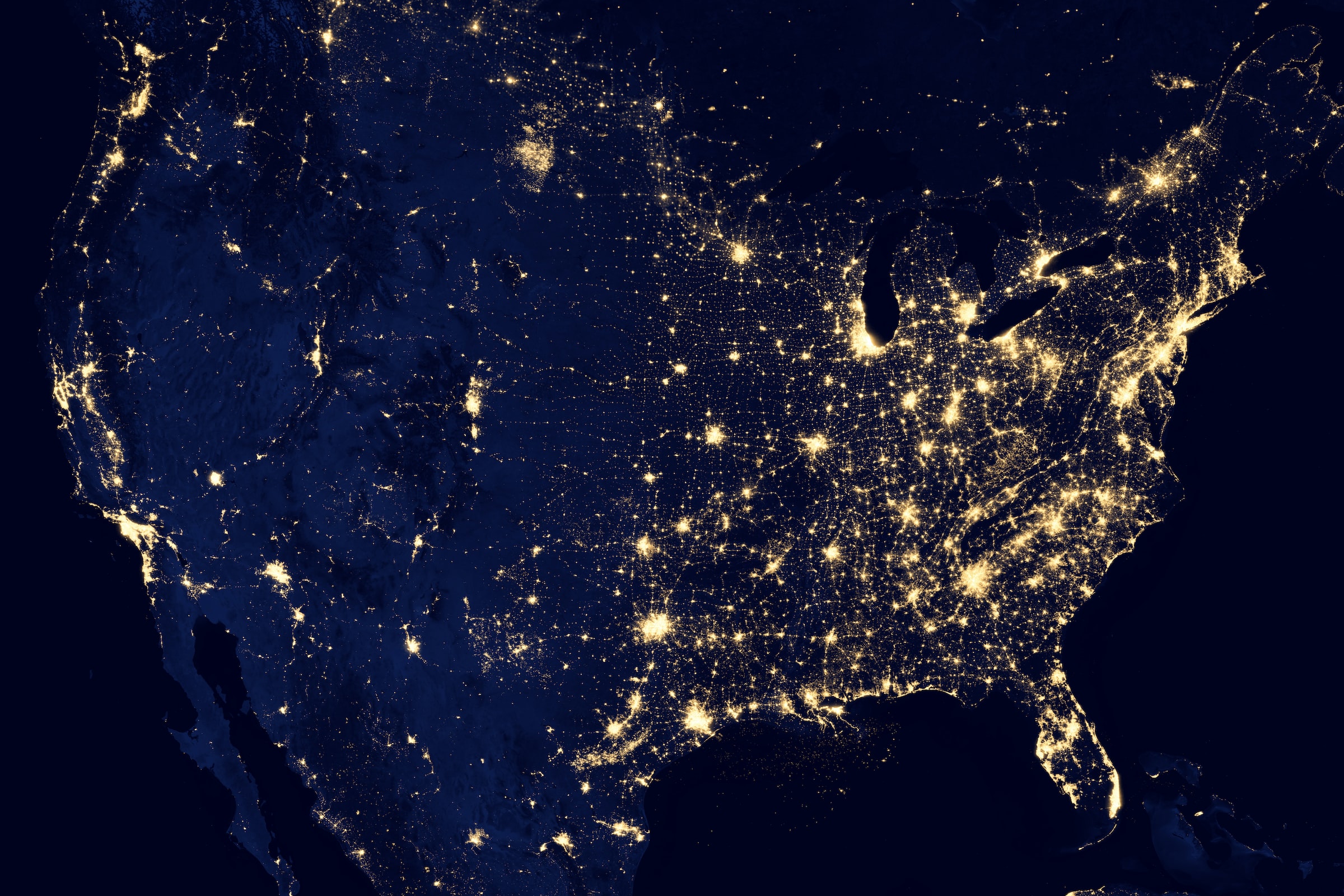


#Institutional Change #Policy #terminology #Tracking
Doug Fogelson
Want to know how your county is doing with its targets, policies and actions to fight climate change? Climate Action Tracker gives ratings and tracks 39 countries and the EU, including all the biggest emitters to cover “85% of global emissions and approximately 70% of global population.” They calculate global warming consequences and emissions gaps — that’s the difference between where we are currently and the levels needed to limit warming. They compare efforts as being consistent –or not– with the Paris Agreement to “hold warming to well below 2 degrees Celsius.”
Climate Action Tracker describes the emissions and temperature targets, the sectors of aviation and shipping, and details on the countries with graphs, charts, and write-ups. Currently the USA, for example, holds a rating of “insufficient,” due to the country’s “policies and actions, finance, and ‘fair share’ targets,” with additional verbiage about the recently signed Inflation Reduction Act that includes a fairly large allocation for cutting emissions and meeting commitments.
Systems Change Lab looks deeply at ways we can create institutional change via the plethora of interconnected systems and range of information available to determine how societies can shift to a better trajectory. They monitor global progress, and also barriers or critical gaps, with analysis and also a rating system. Systems Change Lab identifies key indicators and provides an “open source platform currently for power, industry, transport, carbon removal, and finance with ten more coming online soon.
An interesting specific effort, ISRIC/World Soil Information Service is a foundation focused on a mission to be a “custodian of global soil information.” A data center for soils since 1989, they support information at global, national, and sub-national levels for application of sustainable management of soil and land. Their latest report came out in 2022.
One of the goals of the Climate Action Tracker is to bring warming below 1.5°C by what year?